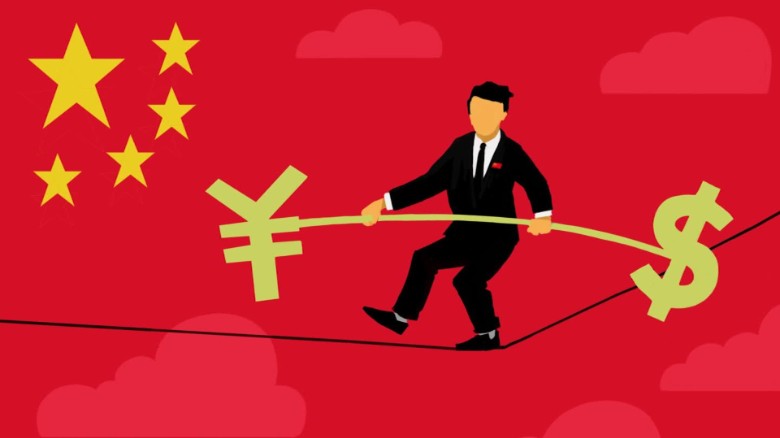China's exacerbating economic growth is no shocker to the
world, given the series of events that have panned out. From the last few
months the growth figures of China have been debilitating. The data released by
the country recently, alluded that industrial production, an important
indicator for China’s economy, increased by just 4.4% in August. That’s worse
than the sector’s performance in July, when it grew by 4.8%, the poorest growth
in 17 years. China’s National Bureau of Statistics has released data for
retails growth which slowed to 7.5% in August.
Despite being world's second largest economy, China’s anxiety
is fuelled because of its trade war with the U.S. and due to internal conflicts,
grappling with falling profits as they resolute to rely less on debt to amplify
growth.
China made a monumental announcement last week stating it
would exempt American soybean and pork from tariffs as a mollifying gesture. In
turn, Mr. Trump also delayed a strategic tariff hike on $250 billion of Chinese
goods ahead of China’s 70th National Day celebrations on October 1.
The People’s Bank of China is closely working to fortify the
country’s economy. Lately, the banks had to cut back the amount of cash they
keep in reserve for the first time in eight months. The central bank instigated
a Loan Prime Rate that will set constraints for banks to price loans, as a step
to support growth and employment. This trajectory has a significant lesson to offer.
Tommy Wu, a senior economist for Oxford Economics, also predicted that economy
will grow 6.1% this year and 5.7% in 2020. “The Chinese economy is facing
certain downward pressure from slowing global growth, protectionism and rising
unilateralism,” said Chinese Premier Li Keqiang. The Chinese officials have suggested
that they’re buckled up to steer the Chinese economy back to track.



Comments
Post a Comment